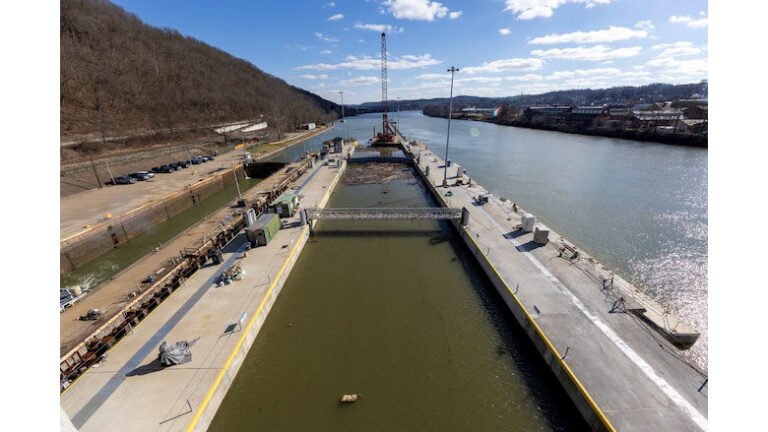
Legislation to authorize more than $6 billion for Army Corps of Engineers storm and flood protection, dredging and other water projects has passed a key marker, with Senate approval of a new Water Resources Development Law,
Senate approval of the measure, widely known as the WRDA, was unanimous.
The Senate and House lawmakers will then begin negotiations to resolve the differences between their two versions.
The Senate version authorizes about $6.3 billion in federal funds for 13 new or modified projects that have received favorable reports from the Army chief of engineers. It also has 83 feasibility studies.
The House version, which that chamber passed on July 22 by a landslide vote of 359-13, authorized 12 new or modified Corps projects.
The Senate bill adds one item to the list of measures in the House: a navigation project at the port of Akutgan, Alaska, which received a “report from the chief” on July 17. The measure includes $68.1 million for the project.
Focus on the cost-sharing proposal
A key difference between the bills in their political sections is a Senate provision to permanently change the cost-sharing ratio for waterway construction and major rehabilitation projects to 75 percent of general federal revenue and 25 percent of the Inland Waterways Trust Fun (IWTF).
Currently, the ratio is 65% of general revenue and 25% of the trust fund.
The cost-sharing provision is not in the House bill.
Waterways Council Inc. (WCI) has been pushing for the cost-sharing change to be part of the final WRDA compromise. Tracy Zea, the council’s president and CEO, said via email, “WCI believes there is a very good chance that cost sharing will be included in the final bill.”
The American Society of Civil Engineers has also expressed support for the shared cost language.
ASCE President Marsia Geldert-Murphey said in a statement that the change “will ensure that the IWTF is available for future projects to help reduce the backlog of inland waterway projects.”
Geldert-Murphey said ASCE also wants several other provisions in the House bill, but not the Senate, to become the final measure.
They include reauthorizing the Federal Emergency Management Agency’s National Dam Safety Program through 2028 (the program expired last September) and language to reduce restrictions on how much states can receive in dam grants. assistance of the National Dam Safety Program.
Continuing the Streak
If a new WRDA can be enacted before the end of December, it would continue a 10-year streak of passing a new WRDA every two years.
Carper, after whom the new Senate bill is named, said maintaining that biennial schedule “is essential to ensure that Corps projects can move forward.”
He also said the bill has provisions that “will go a long way to ensure the timely implementation of the previous WRDA legislation.
Carper said hearings before his committee have shown that “implementation of previous WRDA reauthorizations has taken much longer than expected, in some cases more than a decade.”
To address this deficiency, the new WRDA has a provision that requires the Corps to develop and implement a plan to fully implement the previous directives of the water resources law “as soon as practicable,” Carper said.

